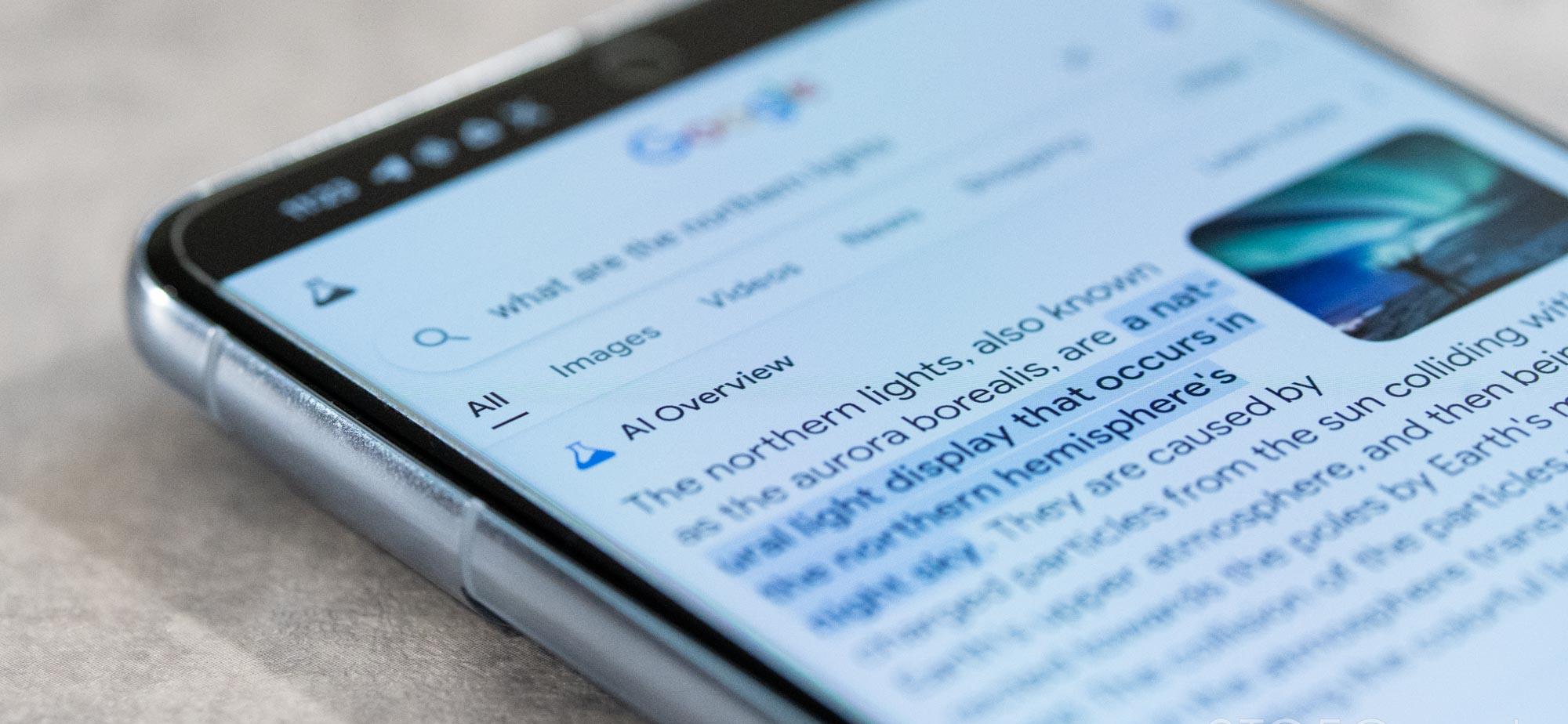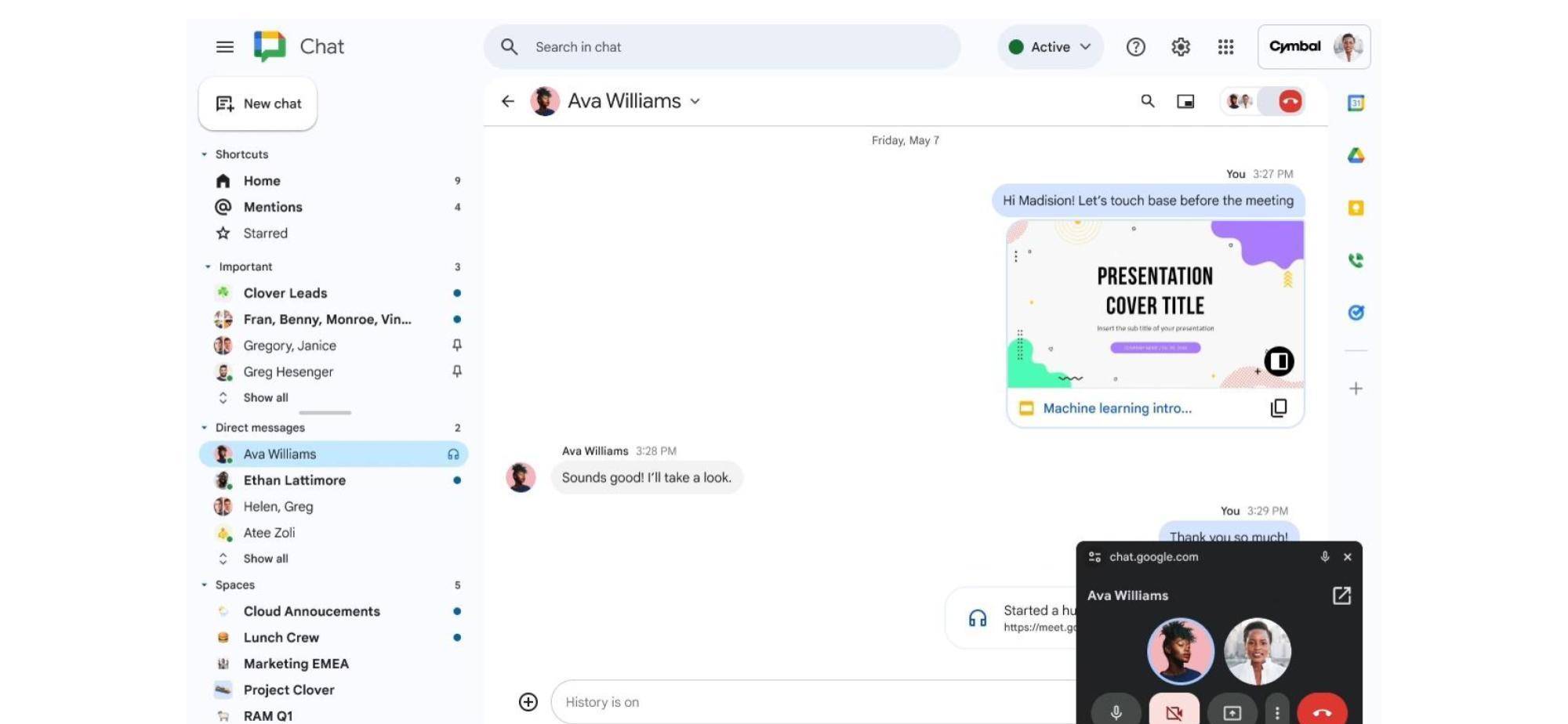OpenAI's Sora: The Future of Text-to-Video Generation
Experience the power of OpenAI's Sora, the groundbreaking text-to-video generator set to revolutionize content creation. Discover its capabilities, availability, and future potential.

OpenAI, the leading artificial intelligence research lab, is gearing up to launch its highly anticipated text-to-video generator, Sora. This groundbreaking AI technology promises to transform content creation and revolutionize the way we visualize ideas and stories.
Sora, developed by OpenAI's talented team, can generate hyperrealistic scenes based on a simple text prompt. Its stunning visual output has already captured the attention of visual artists, designers, and filmmakers, who have been granted early access to the tool.
According to OpenAI's Chief Technology Officer, Mira Murati, Sora will soon be available to the public, with an expected release later this year. Murati mentioned in an interview with The Wall Street Journal that the release date could be just a few months away.
Excitingly, OpenAI has plans to enhance Sora's capabilities by incorporating audio, further elevating the realism of the generated scenes. This development opens up a world of possibilities for filmmakers, storytellers, and content creators, enabling them to craft immersive visual experiences.
Recognizing the importance of user customization, OpenAI aims to empower users by allowing them to edit the content generated by Sora. This unique feature addresses the limitations of traditional AI tools, ensuring accuracy and relevance in the visuals produced.
Regarding the training data used for Sora, Murati did not delve into specifics but mentioned that publicly available or licensed data was utilized. While it remains uncertain whether videos from popular platforms like YouTube, Facebook, or Instagram were employed, Murati did confirm that Sora incorporates content from Shutterstock through its partnership with the stock media provider.
As concerns about generative AI tools and misinformation continue to grow, OpenAI remains committed to responsible usage. Murati clarified that Sora will not be able to generate images of public figures, similar to the policies in place for OpenAI's AI text-to-image model, DALL-E. Furthermore, Sora-generated videos will bear a watermark to distinguish them from real footage, although the efficacy of watermarks in combating misinformation remains a topic of discussion.
OpenAI acknowledges that Sora's increased capabilities come with a higher computational cost. However, the company is determined to make this innovative tool accessible to the public at a similar cost to DALL-E, ensuring affordability and widespread adoption.
As the 2024 presidential election approaches, the potential impact of generative AI tools on misinformation campaigns is a pressing concern. OpenAI recognizes the need to address this issue and is taking steps to ensure responsible usage and mitigate the spread of false information.
OpenAI's Sora is poised to revolutionize content creation by bridging the gap between text and video. With its hyperrealistic scenes, audio integration, and user-editing capabilities, Sora empowers creators to bring their ideas to life in ways never before possible. Stay tuned for the public release of Sora later this year and prepare to explore the limitless possibilities of AI-generated video content.
What's Your Reaction?





















